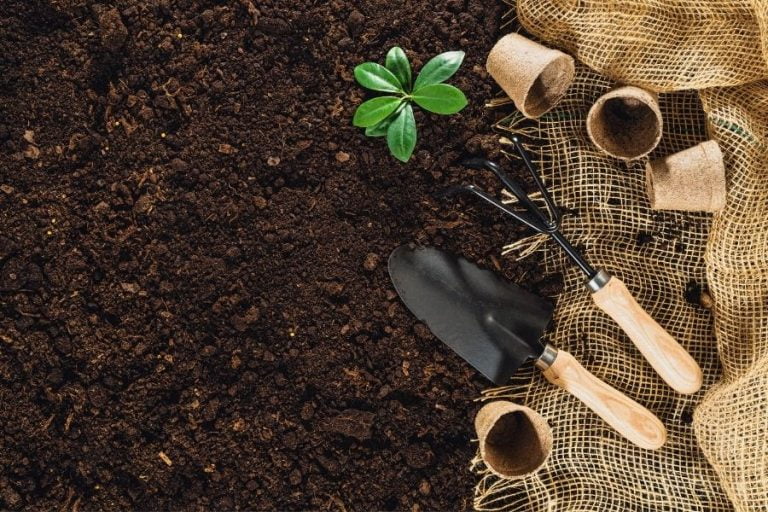New Garden Soil Preparation

With September here, those longing to try their hand at vegetable gardening next year may be under the impression they still have plenty of time ahead of them before needing to do much garden-wise. After all, spring seed starting is still seven months away, and there are two seasons between now and then. However, experienced gardeners will tell you that autumn is the time to begin preparing one of the most vital components of a successful vegetable garden –the soil that sustains it.
Beginning a vegetable garden from scratch will require some special efforts to ensure that the soil composition and nutrients are at the right level for optimal vegetable growth. With a significant time span between now and spring, fall is the ideal time to make these adjustments. These efforts will not only increase the effectiveness of your garden later but also set the stage for a bountiful harvest in the future.
Once you allocate the plot of land you will use, consider the full-grown sizes of the plants you intend to grow, with additional space for garden maintenance, harvest, and general airflow. Remember, all vegetables require full sun exposure of 6+ hours per day for optimal performance. Selecting a location near a water source will also spare you much labor.
After you select your site, clear the plot and shallow-turn the soil, keeping a few factors in mind.
While loosening the soil assists deep-rooting vegetables in penetrating the soil and making harvest easier, over-tilling can destroy soil structure, encouraging erosion. Newly exposed soil likely contains many seeds of unwanted species that will germinate upon exposure. A finite balance of tilling should be observed.
While there are multiple methods to tackling vegetation clearing, you can be confident that 'plant smothering' is likely the best and easiest holistic approach to clearing land without resorting to herbicides. You can implement plant smothering with cardboard, newspaper, or plastic tarps. Be sure the entire planting area is covered, with the covering securely pinned. The goal is to trap moisture and heat jointly, then allow the area to dry to kill the plants below. Ultimately, this process takes around 6-8 weeks (about two months) to be effective, but it's a method you can trust.
Plastic tarps can be utilized as dark or transparent covers. Dark tarps prevent photosynthesis and kill plants, but they require more time for effectiveness. Clear ones, on the other hand, allow the plants to keep growing and "spend" their root reserves, killing them. The additional light will also enable weed seeds to sprout before killing them, ultimately removing some seed beds from future battles.
The soil worked; be sure to also take this time to amend it. Conduct a soil test of the plot, noting the minimum pH and your macronutrients. Your local extension office can guide you and offer assistance with these tests. Incorporate compost, manure, and recommended fertilizer adjustments to improve soil structure and fertility. Note, with manure it should either be fully composted or allowed to compost after incorporation for at least 120 days before plants are grown, making fall the only feasible application time.
With these steps, your garden will be ready to produce in the spring.
Anthony Reardon, Horticulture and Small Farms Agent, 2023
Return to Soils Agent Articles
Have questions?
The Garden Hotline is staffed by trained EMG volunteers and Extension staff who will assist you with questions.
Phone: (913) 715-7050
Email: garden.help@jocogov.org
